
Mariana Leiva was seen, as she was every year, in the Liberia Festival horse parade on Sunday, March 4 riding Cacique, one of her beloved horses. Liberians and visitors saw her, perhaps without knowing who she was, but they saw her doing what she liked most.
No one thought that the next day, La Negrura, as Mariana was called, would be murdered. If anyone had known, or if anyone had even suspected it, they would have gotten her off the horse and taken her far away. But today’s “ifs” are merely desired scenarios.
Who would imagine that death comes at the hands of someone who swore eternal love? Mariana was killed by her husband. It was femicide, and one of the eight that has been registered in the country this year.
Today, a family suffers and women continue to be afraid. It’s the same fear that our great-grandmothers experienced and their great-grandmothers before them, and the same fear that we have that the girls of tomorrow will live through as well if we don’t end the violence against our gender that is killing us.
Carolina “Carola” Córdoba, her best friend, says that Mariana always wanted to be the strong one and that this is likely why she hid what was going on inside the walls of her home. She and her husband were about to celebrate five years of marriage and had no children.
Carola says that she has cried, but that in the moment that tears fall down her face, Mariana’s voice enters her head and tells her ‘“don’t be such a sap, Carol,” and her tears turn into laughter.
That’s what Mariana always did, make people smile. Behind her seriousness and novice-like silence when she would first meet someone, she hid an absolute happiness. After warming up to someone she became a close friend, full of laughs, and very Mariana. She was a woman of extremes.
Agustín “Chino” Achío, a friend and ex-boyfriend, will never forget the first time he kissed her. They were in their last year of high school and a classmate told Chino that Mariana wanted to kiss him. Chino didn’t think he meant Mariana Leiva, his best friend at the time. But, to his surprise, it was her!
So he kissed her and they continued kissing for the next 11 years.
Chino tries to control the lump in his throat as he says it’s impossible to sum up who Mariana was and the things he went through with her, like the time he went with her and Andrea (Mariana’s only sister) to Limon to enjoy Carnival.
For that trip, Mariana took the money that her parents would deposit in her and Andrea’s accounts every month and she divided it up perfectly in order to make the trip and get by for the rest of the month. Mariana was like that; orderly, a planner and bossy. Andrea was the opposite, which is why today, Andrea feels as if they killed her other mother.
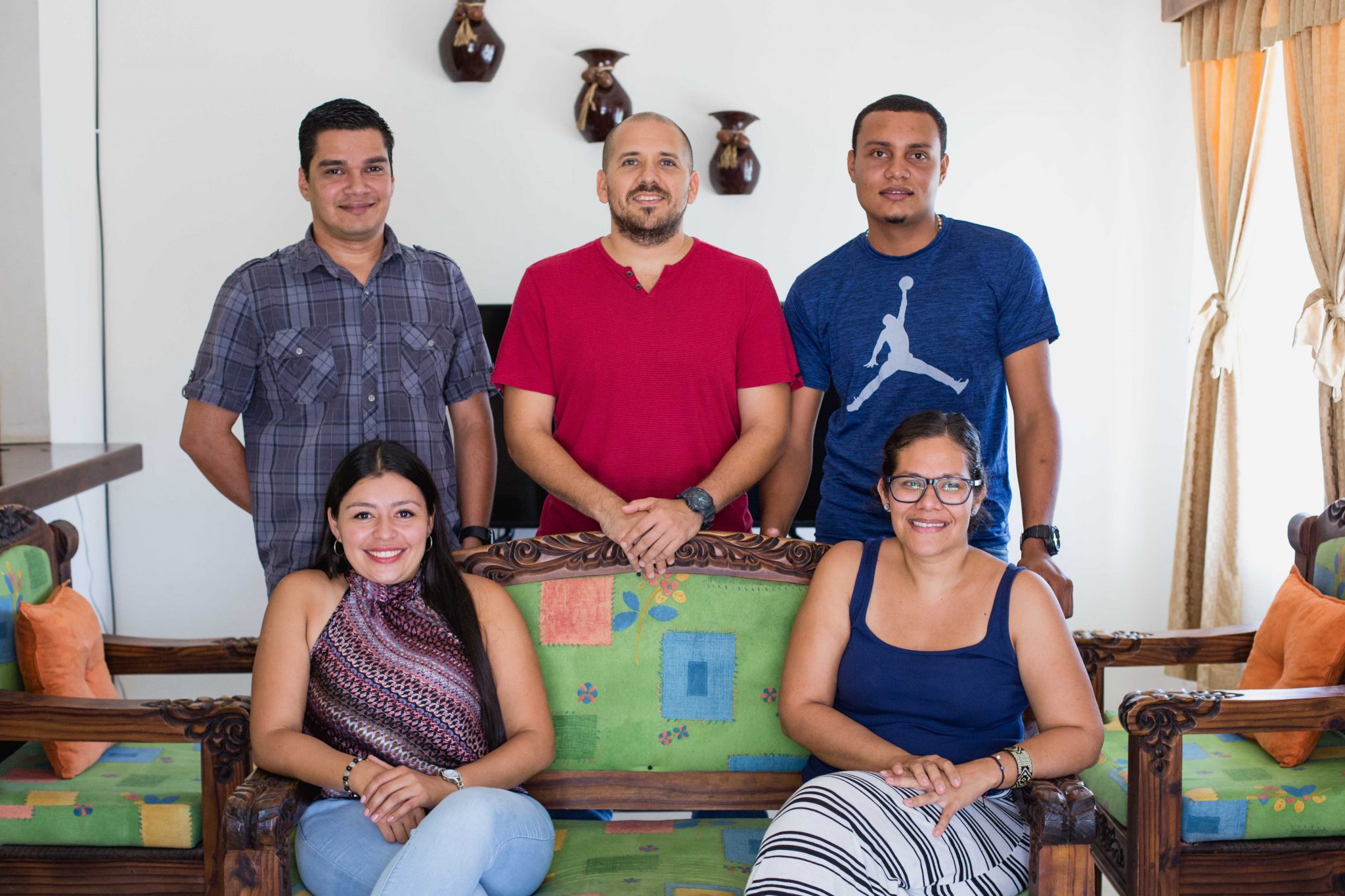
A month after Mariana’s femicide, Chino, Esteban, Rigo, Andrea and Carola (from left to right) got together to tell us who Mariana was. Photo: Cesar Arroyo.
They remember all these stories while they sit gathered at Andrea’s house a month after the femicide. They got together to tell us who La Negrura really was. As we talk, Esteban Leiva, cousin to both sisters, looks at Mariana’s blue car and thinks that if that car could talk, oh the stories it would tell.
Mariana used to call him to ask that he go with her to “run errands.” Esteban always knew immediately what type of errands those were. She was never talking about grocery shopping, rather a quick trip to the bar to have a few beers.
The blue car was witness to Mariana Leiva’s adventures. It was the car that her grandfather handed down to her father and her father to and Andrea and her. It was how they both went to parties as kids and how, until a couple months ago, they would both go out to run “real” errands.
The blue car won’t tell anymore stories about Mariana, the 37-year-old industrial engineer, because Mariana is no longer around, and not because she doesn’t want to be, but because her husband killed her. He slit her throat and burned her body in the house, the place that for many is our “safe place.” Now the murderer awaits behind bars for the trial that will determine how long he will stay in jail. How many years in prison pay the price of a life?
In what world do we live in? Women are being killed for being women. We are being killed slowly everyday.
A few days ago, Mariana got in touch with a friend through a dream. Leaning out of the window of a house, in a large, green field, La Negrura smiled and told her friend that she is fine and happy, and that some day she will return to hug all those who were a part of her life.
Meanwhile, the picture of a group of friends lacks a loud laugh, and a family is missing a member. Guanacaste is missing an engineer. We all need Mariana because, even without having known her, Mariana is not just another number. Mariana was a life, and a life that a man decided to end.


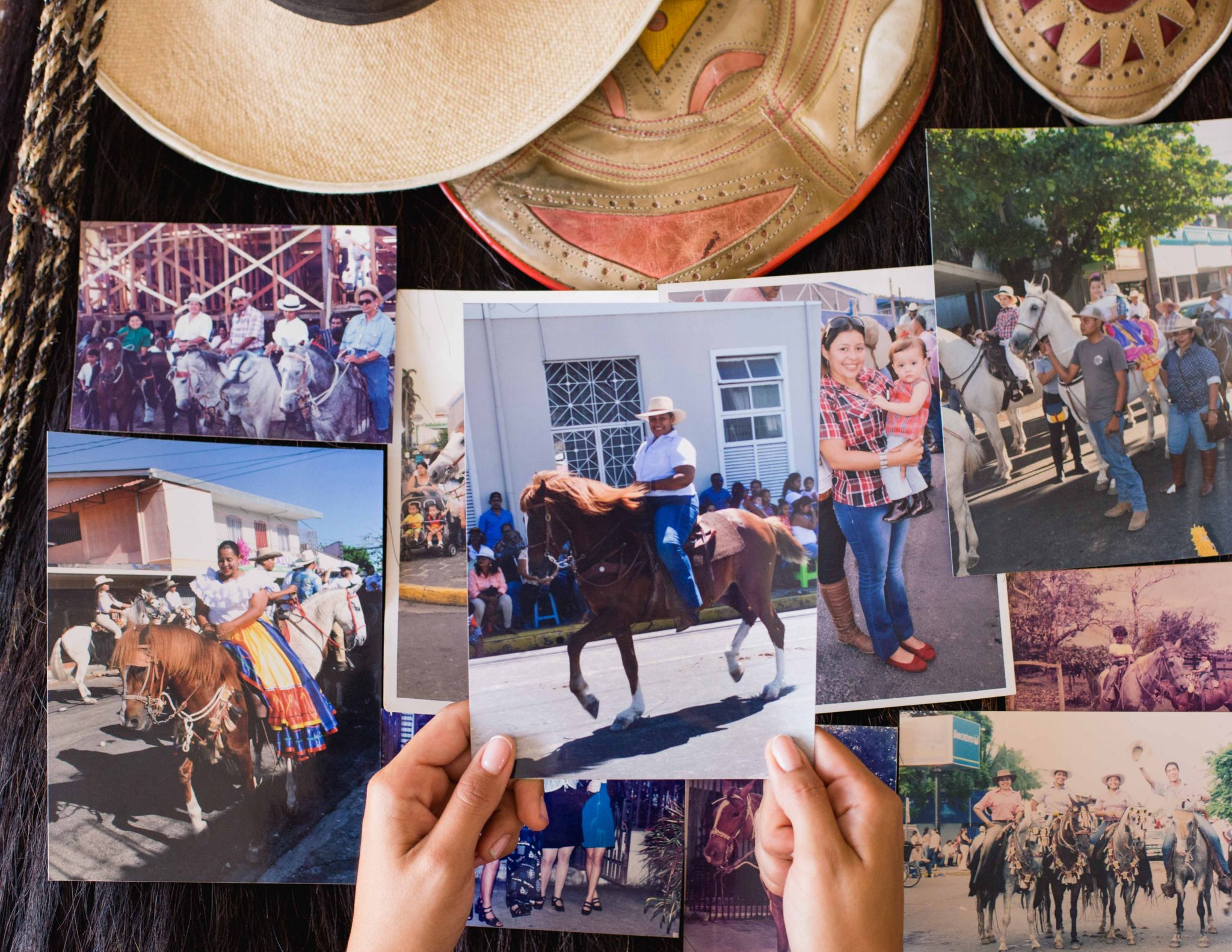
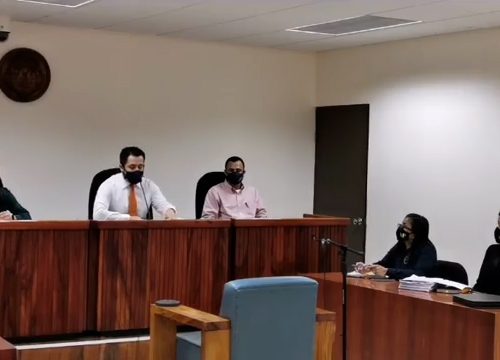
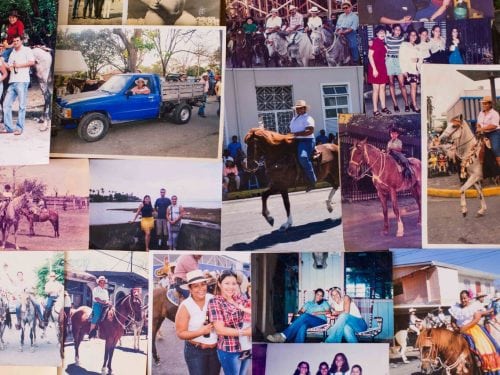
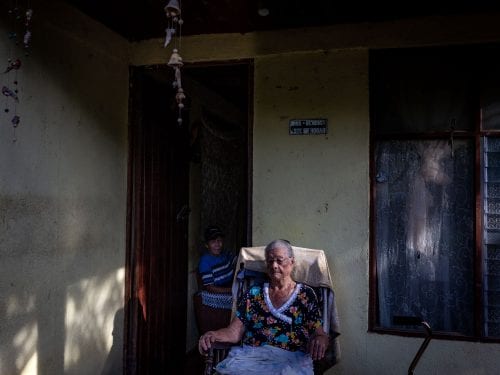

Comments